I open the nondescript packaging with all the excitement of a kid on Christmas morning, softly palming the cover, relishing that first crack and bend of the spine, eager to discover what magic each page holds. Whatever task held my attention in the moments before opening the book completely disappears as I allow myself some minutes to take in the general sweep and scope of the content. Later, I come back to it and really dig in, when time allows. When I found time to settle in with Foraging and Feasting, the opening pages put a big ole’ grin on my face and had me longing for spring so bad I could have burst.
Some foragers look at wild food and see dollar signs. To them plants are simply another resource that can be extracted from the environment for profit. Thankfully these folks are few and far between, but with the increasing interest and growing trendiness of foraging, I do worry about the potential for negative impacts on ecosystems and plant populations. It’s very heartening and encouraging to know that the message of foragers like Dina Falconi is reaching the broader community.
If you are interested in learning more about foraging, how to identify the weedy plants that grow around you and how to harvest and prepare them for food or medicine, I am offering a wild edible and medicinal plant course this summer from May to September. You can sign up either for a 5 or 10 class package or just come on a single walk. Come forage and feast with me this summer!
For more details or to register please visit this page.
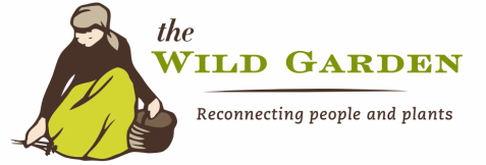
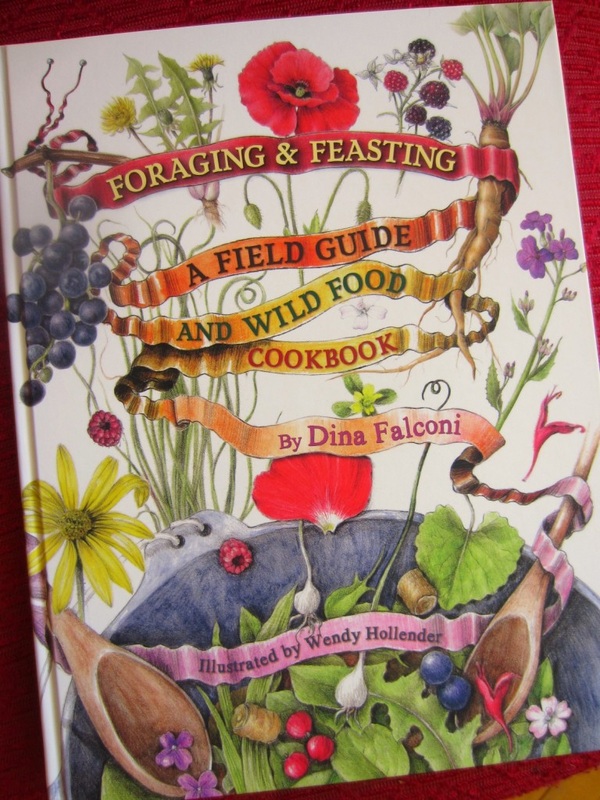
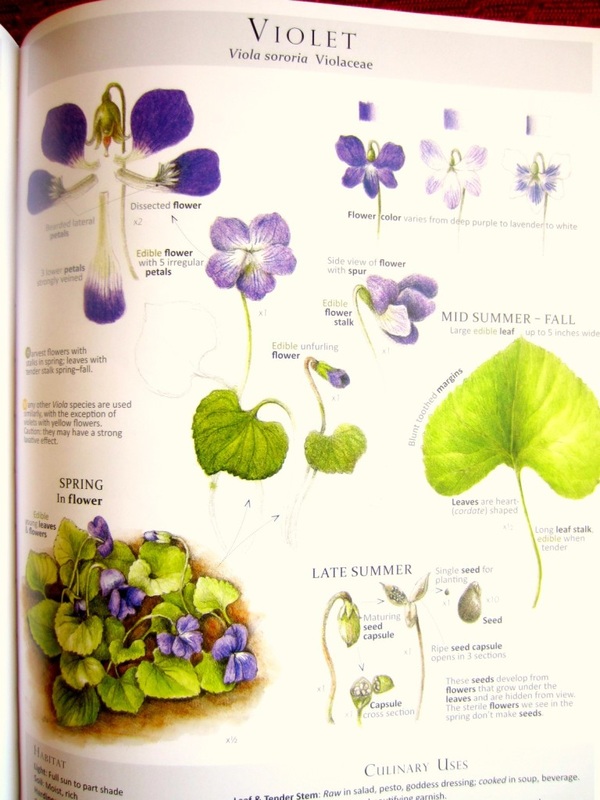
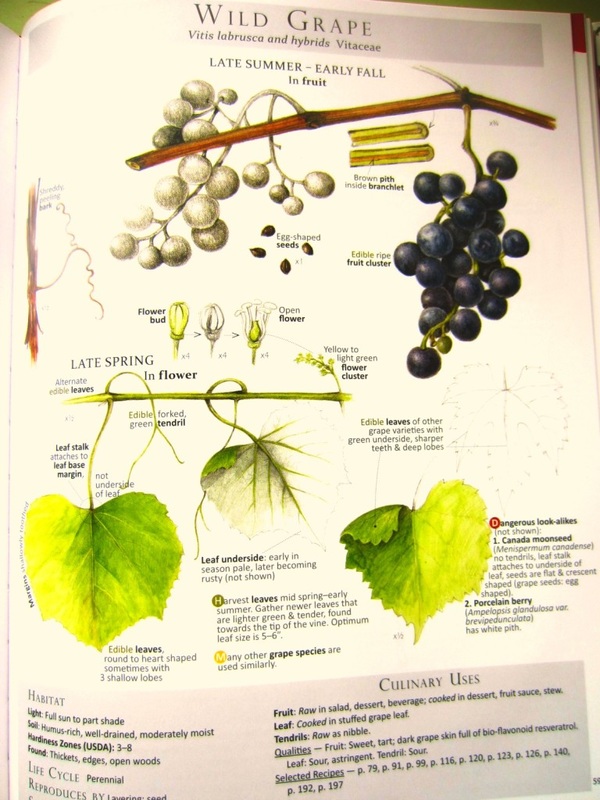

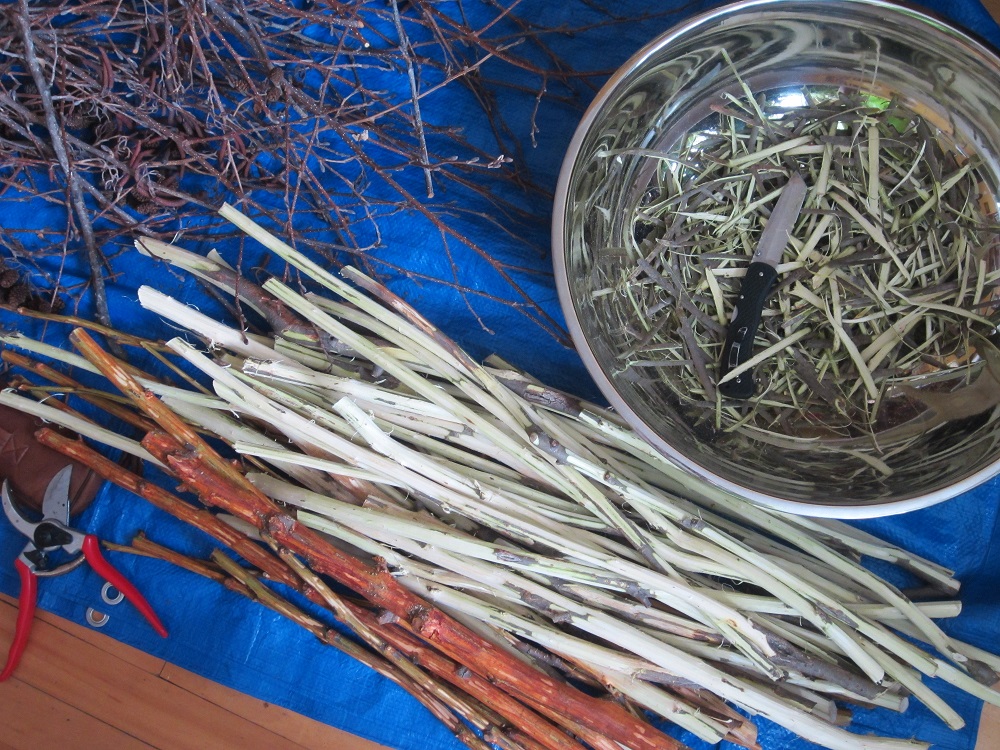
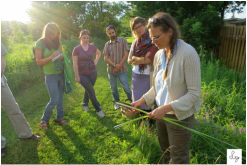
 RSS Feed
RSS Feed